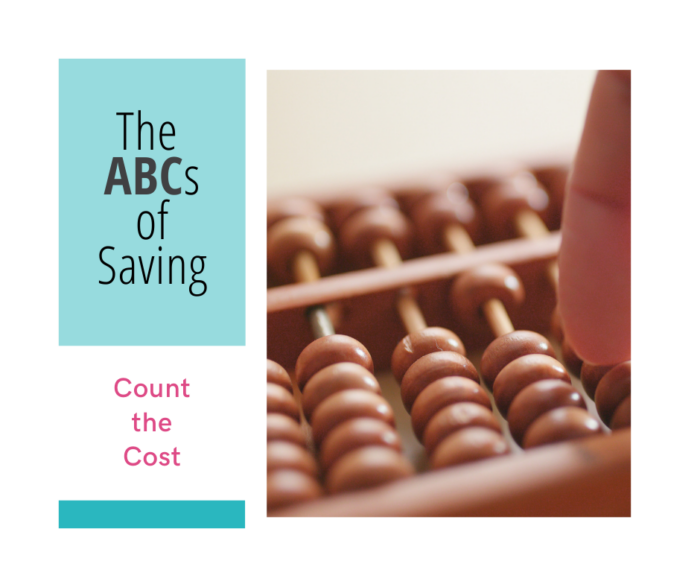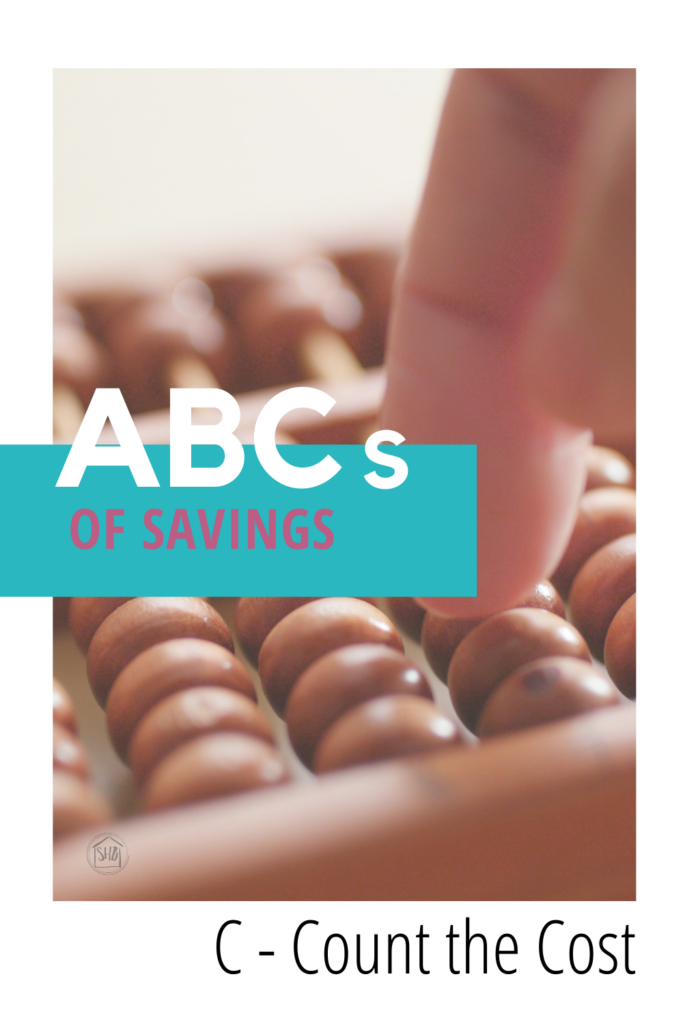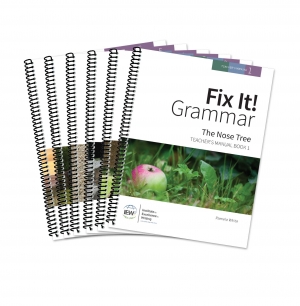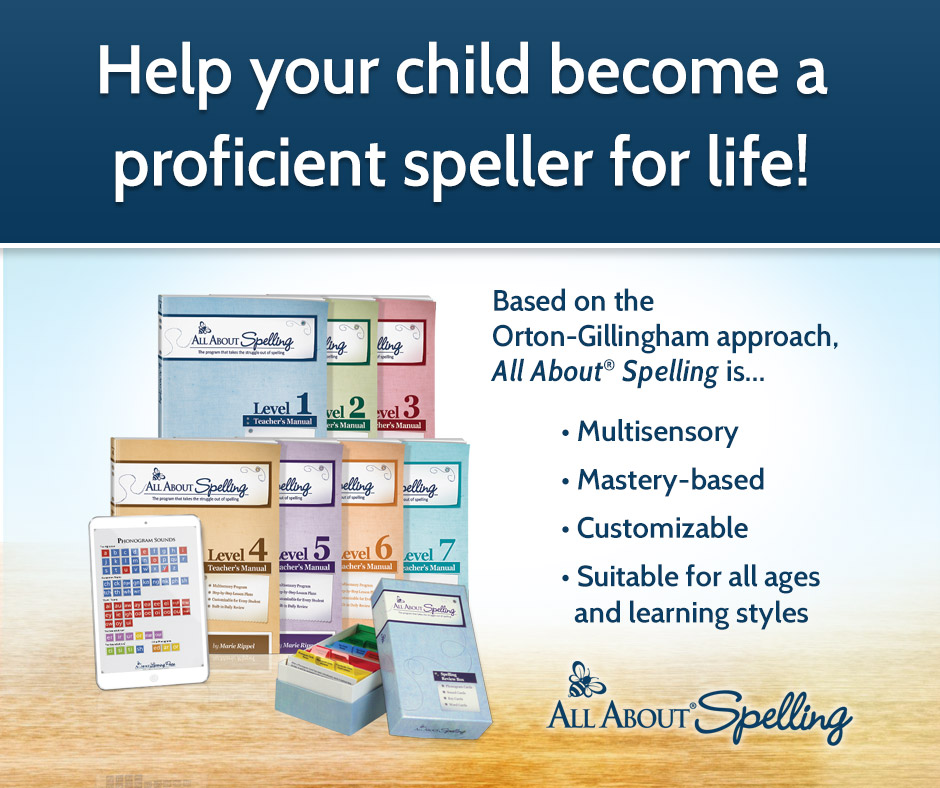
The savings tip for today is to Count the Cost.
What do I mean when I say count the cost? Well, it involves a number of things beyond simple price comparison. It involves considering the worth of a desired thing. It involves contemplating how your budget will be affected by it and planning accordingly.
Counting the cost forces you to ask yourself: “Do I really need this item?
Counting the Cost – Worth
Yes, I know it is easy to look at the price tags on something and be discouraged or encouraged to buy, based on price alone. There is a temptation to buy things that are cheap and forgo things that are more expensive. But we have to ask ourselves, when trying to save money, “Is it worth it?”
The cost to replace the cheaper item which breaks after a couple of uses WILL be greater. If you buy the more durable, pricier option, you will spend less. Even if you have to go without it while you are saving up for the item.
We went to the store just yesterday looking for a set of clippers for my husband and found a large selection of pretty much the exact same item. The only large differences were the prices. After looking for a while and narrowing down the options to two (same brand, same type), we looked at the back of the boxes. Examining the features, we found the one TWICE as much (that we had a coupon for) had ONE extra feature. Everything else was the same. We went for the cheaper option because the one extra feature was something we did not need.
Another example of this is purchasing household appliances. We received a number of the “cheaper” household appliances as wedding gifts – because that is what we registered for – that didn’t make it past our first year of marriage.
If we had gotten the more durable options (not necessarily more expensive, but more durable), we would not have had to replace them so soon.
Our first blender broke – I kid you not – after 10 uses. So we splurged and got a top of the line model that is AH-mazing! We definitely learned the lesson that cheaper in the short run does not always equal frugal in the long run.
Counting the Cost – Waiting
Counting the cost also involves something we don’t like in this society very much: delayed gratification. The waiting game is nearly obsolete in our instant access society. The concept of saving up and considering the cost of an item a long time before purchasing it is lost on much of our society.
When my husband and I first got married, we ended up putting a lot of items on credit cards. We thought we needed and couldn’t wait for certain items. It took us some years of paying payments to realize we could have just saved money and paid cash. What a concept!
Currently, we are saving up for a new refrigerator. It would have been very easy over the last few years to have gone and purchased on credit. I mean, isn’t that what zero percent interest was invented for?
However, we would have had to count the cost over and over – courtesy of a monthly payment- rather than enjoying the item we saved up for.
Now, I will be the first to tell you that waiting to purchase is NO fun! My husband has the research and waiting game down to an art form. It seems the Lord might be working patience into my life – through long waits.
What is fun is when we finally get to the finish line, we have confidence in our purchase. We can take it home without worrying if someone is going to come take it back.
I have also seen the Lord work His timing and provision in even the smallest of purchases. Often, we have benefited from a much better deal by waiting to purchase. If you are like me, some of the joy of using an item is knowing how great a deal you got on it!
Update: We finally saved enough money to purchase our fridge with cash and it was awesome! I absolutely love it! I wrote a post about saving up for big purchases. We have used this system for years!
Counting the Cost – Wants
Counting the cost also helps you to sort your desires from your needs. An item may pass the worth test and sit through the waiting game, but it still may be something you don’t need. In fact, the very reason the desired thing made it through the waiting game may be it really wouldn’t get use. If you have never made homemade bread before, you likely would not make it much more if you had a breadmaker.
Questions to ask yourself when determining your needs and wants are basic:
- Would I really use this?
- How often would this get use?
- What need does this meet in my life?
- Does this fit into my lifestyle?
The answers to these questions may lead you to alternate solutions to your perceived problem. For example, you may realize the sewing machine you have your heart set on may not get enough use to justify purchasing it. Thus, you might find a friend who loves to sew and to borrow her sewing machine.
Alternately, that bread maker you have in mind? It might have to wait until you actually learn how to make bread the old-fashioned way.
Counting the cost will not only save your pocketbook. It will free your conscience from those regrets from impulse purchases and help keep your home clear of unwanted clutter.
Have you seen the positive results of counting the cost around your home? I would love to hear your stories!














